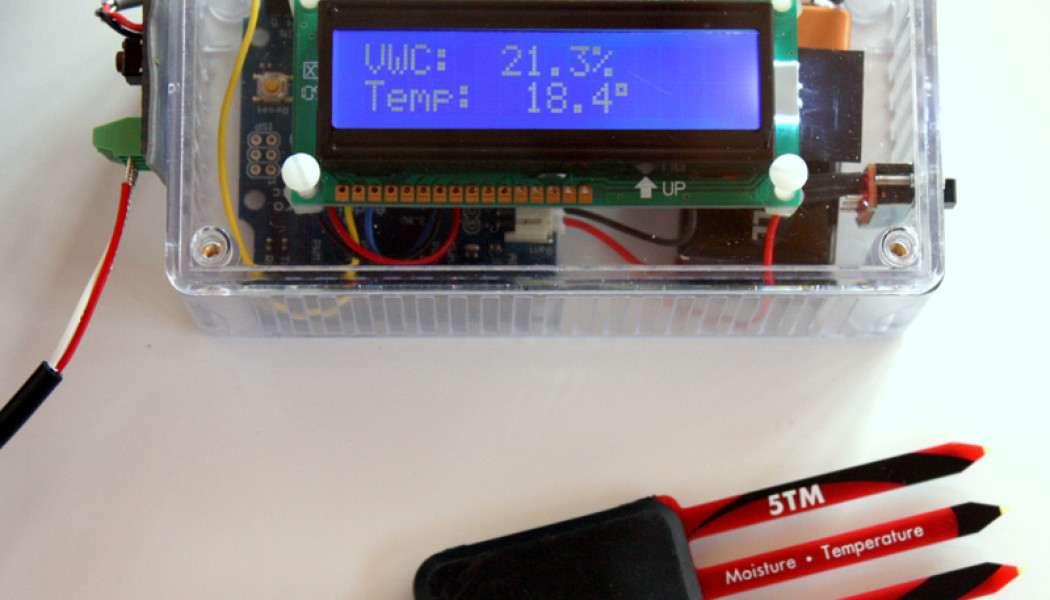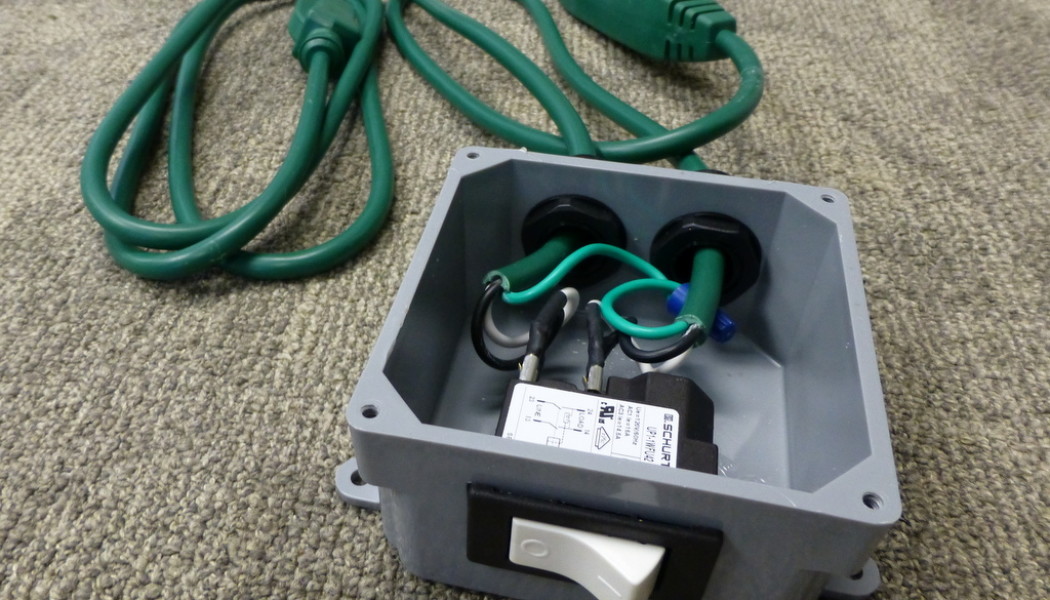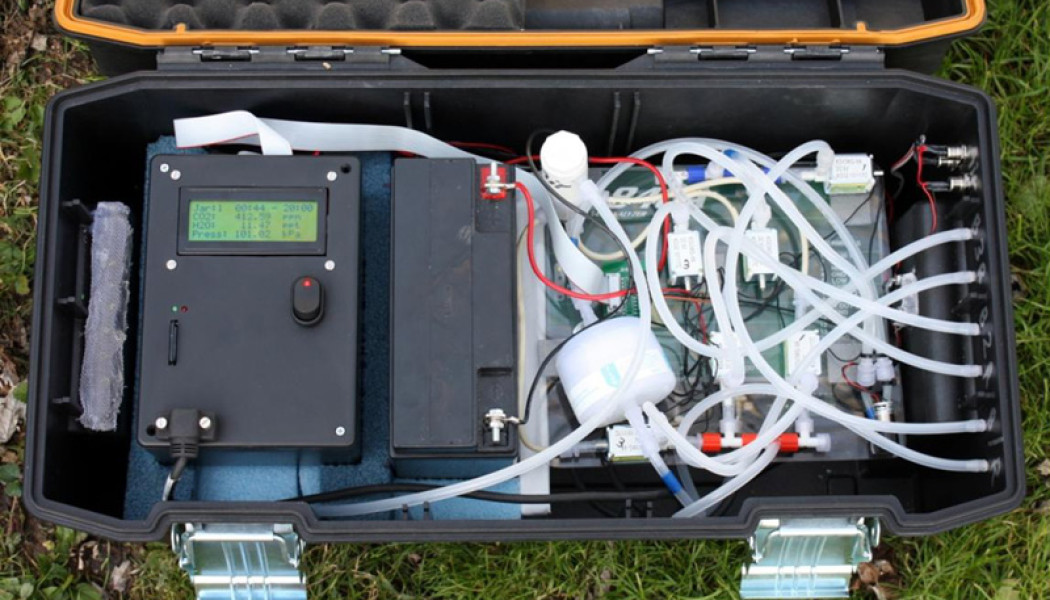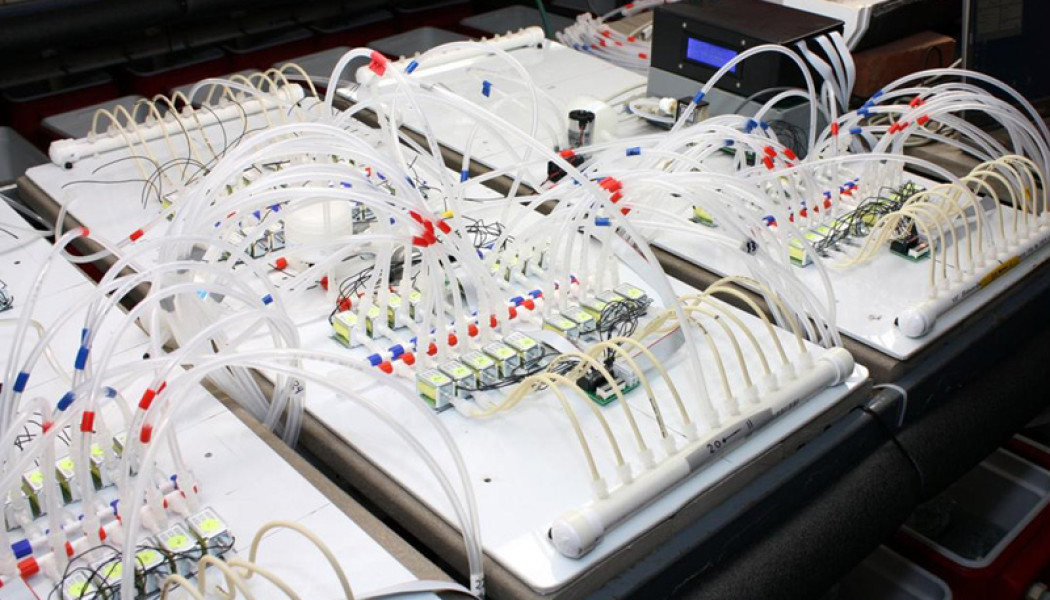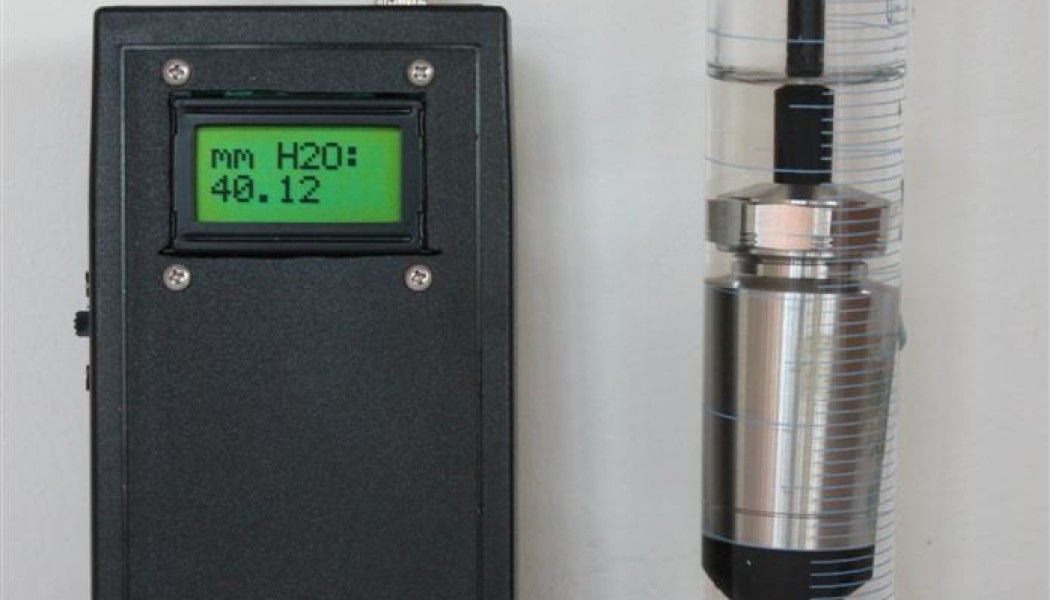 Welcome to EnviroDIY, a community for do-it-yourself environmental science and monitoring. EnviroDIY is part of WikiWatershed, an initiative of Stroud Water Research Center designed to help people advance knowledge and stewardship of fresh water.
Welcome to EnviroDIY, a community for do-it-yourself environmental science and monitoring. EnviroDIY is part of WikiWatershed, an initiative of Stroud Water Research Center designed to help people advance knowledge and stewardship of fresh water. New to EnviroDIY? Start here
Blog
SDI-12 sensor display
Whenever we install a sensor in the field, it’s always helpful to make sure it is reading properly before connecting it to the datalogger. Having a display to show the live data from a sensor is also helpful when doing calibration and testing of the sensor in the lab. We use a variety of sensors from Decagon Devices. Their high-quality, research grade sensors output the data in two format...[Read More]
Undervoltage protection switch
I recently built a device that is very useful but is hard to find commercially, and even information was scarce about how to build one myself, so I’m posting the details here in hopes that it helps anyone who might be looking for a similar device. It’s called an undervoltage protection switch. In Europe, it’s commonly called a no-volt release switch. What does it do? It is bas...[Read More]
Teaching With Open-Source Electronics
These instructions were written to help teachers and students get the necessary software installed on their computers in preparation for our Introduction to Environmental Sensing workshop. If you want to try this at home, you’ll need to follow one of the Adafruit tutorials listed below. Download and install the Arduino IDE software. (For detailed instructions on software installation, visi...[Read More]
Portable soil respirometer system
After having great success with the laboratory multi-chamber soil respirometer system, we built a portable version that could be deployed in the field for in-situ measurements. It still uses the same Licor LI-840 gas analyzer system and a smaller Arduino controller, based on the Sparkfun ArduinoPro board since it has better power efficiencies than the Uno, which is important for battery-powered o...[Read More]
Multi-chamber soil respirometer
Commercial systems that measure carbon dioxide for soil respiration experiments can be very expensive, but we built one for a fraction of the cost. The controller is based on an Arduino Uno, with a datalogger shield for storing the collected data, and a Macetech Centipede Shield. The measurement system is a Licor LI-840 CO2 analyzer which outputs its data every second using XML strings via an ...[Read More]
Water depth sensor display
We have several dozen pressure transducers deployed in wells or in streams to measure water level, and sometimes it’s helpful to read the water level directly from the sensor. This model of sensor has an analog output, meaning that the circuitry supplies 5 volts DC to one wire, and the voltage on the return signal wire is proportional to the depth of the water. So by measuring the analog r...[Read More]

